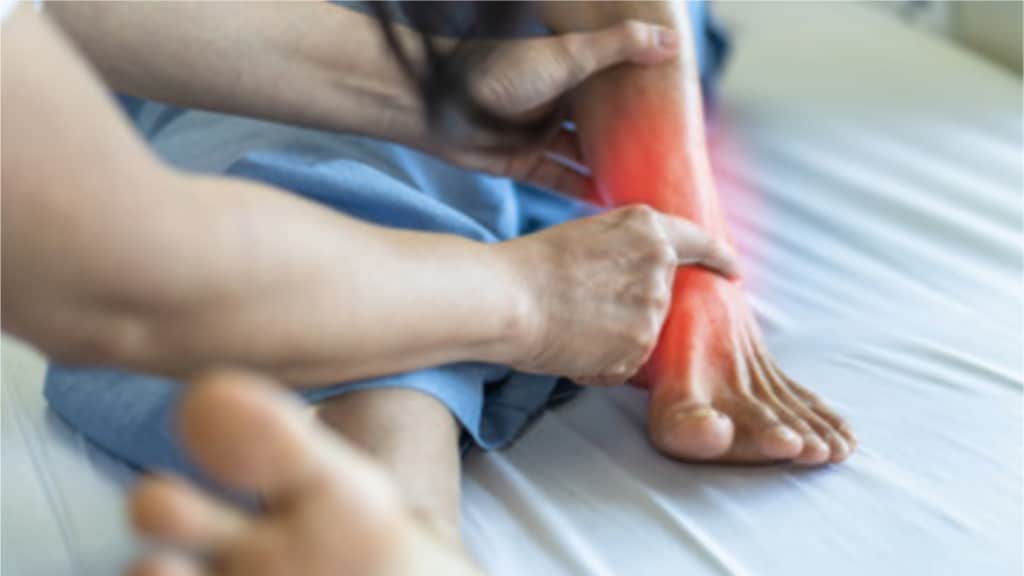Living with diabetes is a balancing act that many people find exceedingly difficult to manage. Eating a restricted diet and cutting out carbohydrate-laden foods is difficult. However, to effectively manage blood sugar levels, you must control your nutrition and exercise often.
One of the most common problems with Type II diabetes is obesity. More than 90 percent of people with this condition are overweight. To address the illness, you must go to the crux of the matter.
Weight loss can be achieved through exercise and diet. You must get glucose levels under control, or you could end up having a heart attack or a stroke. When your blood sugar levels go above 140 mg/dl, your body experiences nerve and cell damage. It would help if you reduced the risks to your overall health by controlling your illness.
Understanding Prediabetes
Many people are considered prediabetic, which means their blood sugar levels are in danger, but it’s not high enough for an official diagnosis of diabetes. It’s a warning sign from your body that you need to prevent the development of this severe condition.
The ADA, or American Diabetes Association, states that people in a prediabetic state should get at least 150 minutes of exercise each week to reverse this condition. Exercise is the key to staying healthy and reducing blood sugar levels.
Diabetics can benefit from exercise because it promotes weight loss. If you want lasting results, you must stick with a program. If you live a sedentary lifestyle, starting such a program is vital.
However, you must first consult your doctor if you have health problems that vigorous movements could acerbate. If you’re not unsure of how or where to start, here are ten ways to work out and reach your fitness goals.
10 Exercises Perfect for Diabetics
Before you begin an exercise or fitness regime, have a quick chat with your physician.
1. Swimming
Swimming is one of the best exercises around. You can work out every major muscle group, but you don’t have to worry about putting excessive strain on your body. The water makes you feel weightless and relieves the pressure on aching joints.
You can work to lower your blood sugar levels by regularly practicing swimming. Even if you don’t have a pool in your yard, you can find a center that does aquatic activities around your area. Anything you do in the water is fantastic for your overall health.
2. Weightlifting
What was once considered a man’s sport is now openly accepting of females, too. Weightlifting is regarded as a bodyweight exercise that helps you burn calories and strengthen your inner core. You don’t need an elaborate gym to lift weights as there are things you can do from home.
Some machines make lifting weights easy, but you can also use free weights, kettlebells, soup cans, or water jugs if you have nothing else. Since you can do significant damage to your body if you don’t do the workout correctly, you should consult a professional for tips and tricks to ensure you do things correctly.
3. Resistance Bands
Resistance bands are more popular than ever. While they came out in the early 1980s as “Buddy Bands,” they fell by the way when new and better equipment surfaced. However, they have reemerged and are better than before.
The goal of these bands is to strengthen your muscles, but they can also improve your sugar levels. The great thing about these bands is that you can use them in any workout you already do, and a personal trainer can help you incorporate them. Who says you need to do bodyweight exercises to get into shape?
4. Aerobic Dancing
Dancing is a beautiful exercise because you are moving all your muscle groups. All you need to do is turn on some music, and you will see that working out can be fun. Aerobic exercise has come leaps and bounds over the past decade.
Forget boring workouts that challenge you, but you struggle to force yourself to do them. When you use Zumba style, aerobic dancing classes, you will find that losing weight is so much fun, and the pounds melt away. Thankfully, your sugar will get in shape by dropping to the appropriate levels.
5. Walking
Walking is something that everyone must do daily. However, add a pedometer to keep track of how many steps you are walking. The goal is to get around 10,000 steps each day.
How do you measure up? If you don’t have an active life where you get in the required steps, you should gather some friends and start a group. Walking and listening to music as a group becomes more like a hangout than work.
Diabetics have found that they can reverse their high sugar levels with a routine that keeps their body moving. There’s no need to spend money on expensive equipment when you can walk your way to fitness.
6. Yoga
Yoga is an art that helps to calm your mind, body, and soul. It’s a series of moves that focus on breathing and gravity. While you strengthen your body, you’re also teaching yourself core concepts of movement that will help with agility.
Yoga has been used for centuries to help folks find inner peace. It’s often combined with meditation for complete control of the mind and body. There are several beliefs that the body has the power to heal and rejuvenate itself, and many turn to this ancient art form for help.
Diabetics can find relaxation in their minds, and they can also get a gentle workout. Since this type of exercise can be customized to your abilities, you can easily do things on your capability level.
7. Tai Chi
Tai chi is a martial art form that originated in China. Experts tout this exercise can help diabetics and others increase their balance, improve flexibility, and lower stress levels. The Journal of Alternative and Complementary Medicine posted an article about diabetics and this exercise form.
They found that people who do Tai chi two or three times each week can reduce glucose levels and increase their mental well-being. Those who need to improve their balance and flexibility simultaneously will find that this is the way to do it.
Additionally, this martial art form will strengthen muscles and lower glucose levels as the body’s stress melt away.
8. Pilates
Those who utilize the art of Pilates will find they can maintain healthy blood sugar levels. Since many people with Type II diabetes are overweight, these movements can reduce weight, lowering glucose levels.
Having high blood sugar levels in your body can harm you in many ways. It can cause a buildup of inflammation, can damage your kidneys, and cause wrinkles to your body. Sadly, people with diabetes often develop heart disease too.
Since many of these exercises allow you to lie down or even do them in bed, those with limited mobility can do them easily.
9. Team Sports
Do you love team sports? Why not try softball, basketball, tennis, or frisbee? Some people have a challenging time motivating themselves to workout. However, when you involve yourself with recreational sports, you find that the socialization helps you commit.
Having a team that depends on you motivates you to keep going. No matter what recreational sport you become involved with, you will find that you will get an excellent aerobic workout that’s fun and makes you feel like a part of something great.
10. Calisthenics
If you’re short on space, calisthenics allows you to use your body weight to work out, so you don’t need equipment. You can strengthen your muscles while working in every group at home. By combining pushups, squats, lunges, crunches, and pullups to your daily routine, you will see a big difference in your body.
Some people incorporate weights, bands, or other devices to help, but they are unnecessary. Diabetics should do this workout every other day as their muscles will need time to recover. Calisthenics is a type of aerobic exercise that gives results.
 Final Thoughts on How Diabetics Can Reach the Ultimate Fitness Goal
Final Thoughts on How Diabetics Can Reach the Ultimate Fitness Goal
Diabetics are required to get ample physical activity. It not only helps to manage their illness, but it can promote their overall health. Before you begin any workout, you should talk with your doctor to see if you meet the safety protocol for doing such a routine.
The last thing you want to do is injure yourself while trying to meet your fitness goals with bodyweight exercises. If an exercise doesn’t help you or you don’t find it appealing, you can try something else. The great thing is that many workouts can help you reach your goal of lowering your blood glucose levels.


























